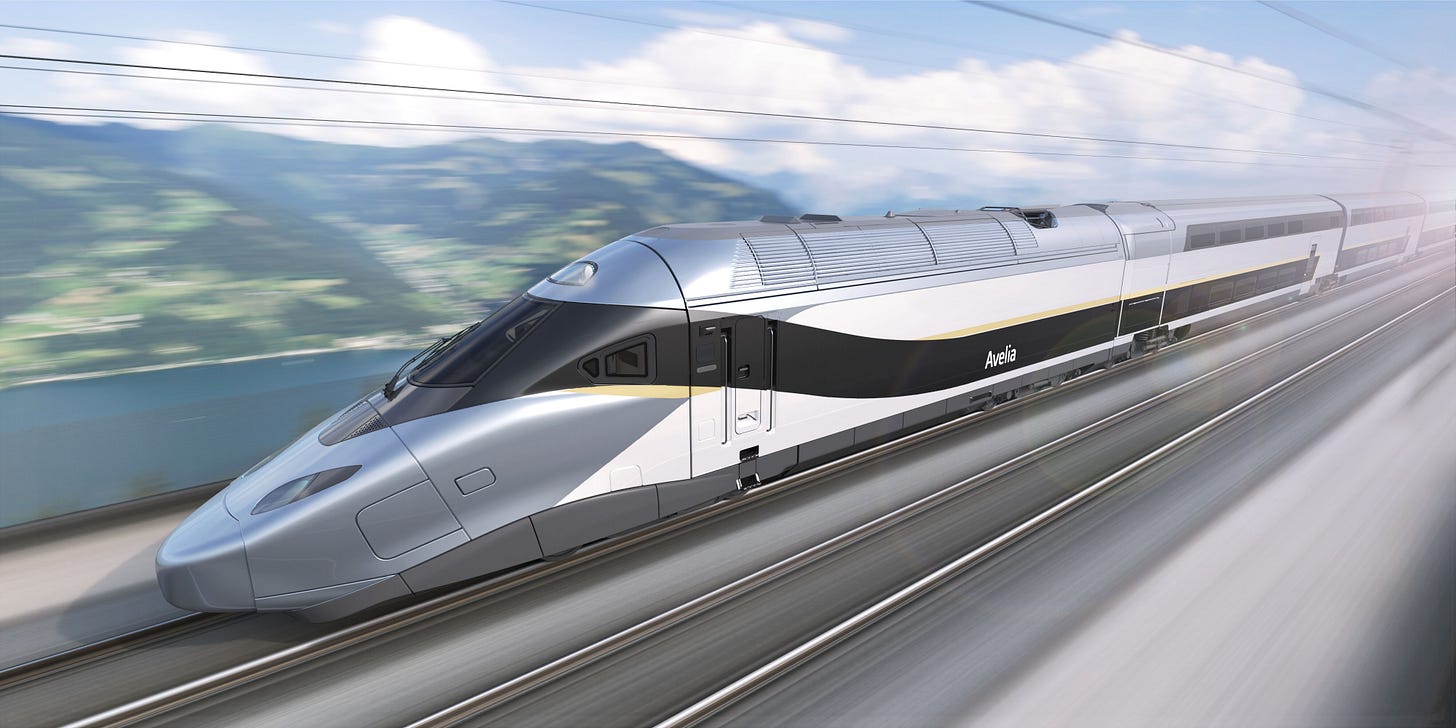Why Bullet Trains Have a Long Nose: The Curious Case of the Sonic Boom on Rails
There are few sights more exhilarating than a bullet train slicing through the landscape, a testament to human ingenuity and our unrelenting desire to go faster, smoother, and with an air of undeniable elegance. These sleek, high-speed machines have become icons of modern engineering, symbols of efficiency, and in many cases, proof that, if given enough time, we can make anything look like it belongs in a science fiction novel.
But there is one particular feature that stands out in the design of these futuristic locomotives: their elongated, almost comically stretched noses.
Why, you might ask, do these trains resemble something closer to a needle-nosed bird of prey than a traditional locomotive? Surely, one could achieve aerodynamics without resorting to a design that makes the train look as though it’s perpetually surprised.
The answer, as with most things in engineering, is less about aesthetics and more about survival—not for the train, mind you, but for the ear drums of everyone nearby.
A Problem of Speed: The Tunnel Boom Dilemma
When engineers first began designing Japan’s famed Shinkansen bullet trains, they encountered a rather distressing acoustic issue. At speeds exceeding 186 mph (300 km/h), these trains, when entering tunnels, produced a sound so deafening that it could rattle windows, startle livestock, and make entire villages question their life choices.
This was no ordinary noise. It was a sonic boom, a problem caused not by the train itself, but by the very air it displaced.
When a high-speed train barrels toward a tunnel, it pushes a wall of compressed air ahead of it. As the train enters, this compressed air suddenly has nowhere to go, resulting in a violent shockwave that erupts from the tunnel exit like a cannon blast.
Passengers inside the train remained blissfully unaware, but for those standing anywhere near the exit, the experience was something akin to being personally greeted by a very irate thunderclap.
This, as you might imagine, was not ideal.
Early Attempts at a Solution (Or, How Not to Fix a Sonic Boom)
The initial response to this problem was, as is often the case in engineering, to simply reinforce everything nearby and pretend nothing was wrong.
Engineers attempted:
Thicker tunnel linings (which did little more than distribute the boom evenly across a wider radius)
Noise dampeners at tunnel exits (which failed spectacularly because, as it turns out, trying to "absorb" a sonic boom is about as effective as whispering into a hurricane)
Speed limits before entering tunnels (which, while effective, went against the fundamental philosophy of bullet trains, namely that they should be fast)
Clearly, none of these solutions were particularly satisfying, which meant a new approach was needed.
Enter the Kingfisher: The Bird That Inspired a Train
It was at this moment—when the greatest engineering minds in Japan were struggling with the intricacies of high-speed aerodynamics—that one particularly astute scientist decided to go bird-watching.
Among the many marvels of the avian world, one bird in particular stood out as an answer waiting to be discovered: the kingfisher.
Unlike most birds, which create a splash when diving into water, the kingfisher slips in with barely a ripple, thanks to the precise shape of its beak. Long, tapered, and perfectly contoured to reduce resistance, it allowed the bird to dive at high speeds without creating a disruptive shockwave.
The resemblance to the bullet train’s predicament was uncanny.
What if, the engineers wondered, the train’s nose was shaped more like a kingfisher’s beak?
The Birth of the Long-Nosed Bullet Train
The results were nothing short of spectacular.
By elongating the nose of the train, the air in front of it was gradually displaced rather than being violently compressed, allowing it to enter tunnels with far less pressure buildup.
The improvements were immediate:
The tunnel boom was reduced to near silence.
Aerodynamic drag dropped by 30%, making the train more energy-efficient.
Fuel consumption decreased, allowing for more sustainable high-speed travel.
And so, engineering imitated nature, and the kingfisher-shaped bullet train was born.
Lessons in Engineering (Or, How Birds Continue to Humiliate Us with Their Natural Genius)
The long-nosed bullet train is a reminder that the best solutions are not always found in blueprints or calculations, but in the natural world itself.
Nature has been solving aerodynamic problems for millions of years – We just need to be humble enough to pay attention.
Speed creates problems that cannot be ignored – It is not enough to design for efficiency; one must design for the consequences of that efficiency.
Good engineering does not just solve problems—it prevents them – The long nose of the bullet train is not just about aerodynamics, but about preemptively eliminating a problem that would otherwise plague high-speed rail forever.
And so, the next time you see a bullet train glide effortlessly through the landscape, slicing through tunnels in near silence, remember:
It does not owe its elegance to mere engineering genius. It owes it to a bird.




